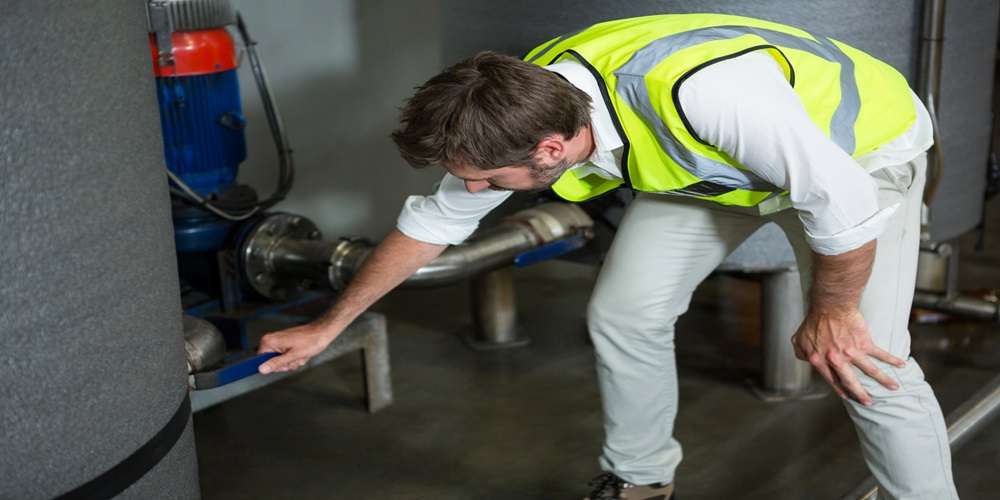Installing a septic tank is a crucial step for homeowners seeking an efficient and eco-friendly waste management system. However, navigating the process can be overwhelming without the right guidance. This article aims to provide comprehensive insights for homeowners in Canada, offering a step-by-step approach to successful septic tank installation without delving into technical complexities.

1. Site Assessment and Planning:
Permitting Process:– Begin by understanding and obtaining the necessary permits from local authorities.
Soil Testing:– Conduct soil tests to determine the soil’s percolation rate, ensuring it can adequately absorb wastewater.
Undertaking a thorough site assessment is the foundational step towards a successful septic tank installation. Acquiring the required permits is crucial, as it ensures compliance with local regulations. Additionally, soil testing provides essential information about the soil’s ability to absorb wastewater, guiding homeowners in making informed decisions throughout the installation process.
2. Choosing the Right Septic System:
Tank Size:– Select a tank size based on the household’s size and water usage.
System Type:– Choose between conventional and alternative systems, considering factors like available space and environmental impact.
The selection of the right septic system is pivotal to its efficiency. Determining the appropriate tank size based on household needs and opting for a system type that aligns with the available space and environmental impact are crucial decisions that impact the system’s overall functionality and longevity.
3. Professional Consultation:
Engage with Septic System Installation Experts:– Seek guidance from septic system installation experts who can provide personalized advice.
Cost Estimation:– Get a detailed cost estimate from professionals to avoid budgetary surprises.
Seeking professional consultation is a prudent step in the installation process. Engaging with septic system installation experts ensures that homeowners receive personalized advice tailored to their specific needs. Obtaining a detailed cost estimate beforehand is essential to avoid budgetary surprises and plan the installation process more effectively.
4. Installation Process:
Excavation and Tank Placement:– Ensure proper excavation and placement of the tank according to local regulations.
Inlet and Outlet Installation:– Connect pipes and ensure proper inlet and outlet placement for optimal functionality.
The actual installation process involves careful excavation and placement of the tank in accordance with local regulations. Proper placement of inlets and outlets, along with the connection of pipes, ensures optimal functionality, reducing the risk of future issues.
5. Backfilling and Compaction:
Careful Backfilling:– Backfill the excavation site carefully, avoiding damage to the tank or pipes.
Compaction Testing:– Verify compaction to prevent settling issues in the future.
Backfilling and compaction are critical steps that impact the long-term stability of the septic system. Careful backfilling, avoiding damage to the tank or pipes, coupled with compaction testing, ensures that settling issues are minimized, contributing to the system’s longevity.
6. Inspection and Approval:
Local Health Department Approval:– Schedule an inspection with the local health department to ensure compliance.
Final Documentation:– Obtain all necessary documentation and approvals for your records.
Seeking approval from the local health department through a scheduled inspection is the final step toward ensuring compliance with regulations. Obtaining all necessary documentation and approvals for records not only serves as a testament to compliance but also provides a comprehensive record of the installation process.
Conclusion:
Embarking on a septic tank installation journey requires careful planning and adherence to local regulations. By following the steps outlined in this guide, homeowners can navigate the process with confidence, ensuring a successful and efficient septic system for their homes.
In instances where expert advice is needed, reaching out to septic system experts is paramount. These professionals bring a wealth of experience to the table, ensuring that your septic system is not only installed successfully but also optimized for long-term performance.









